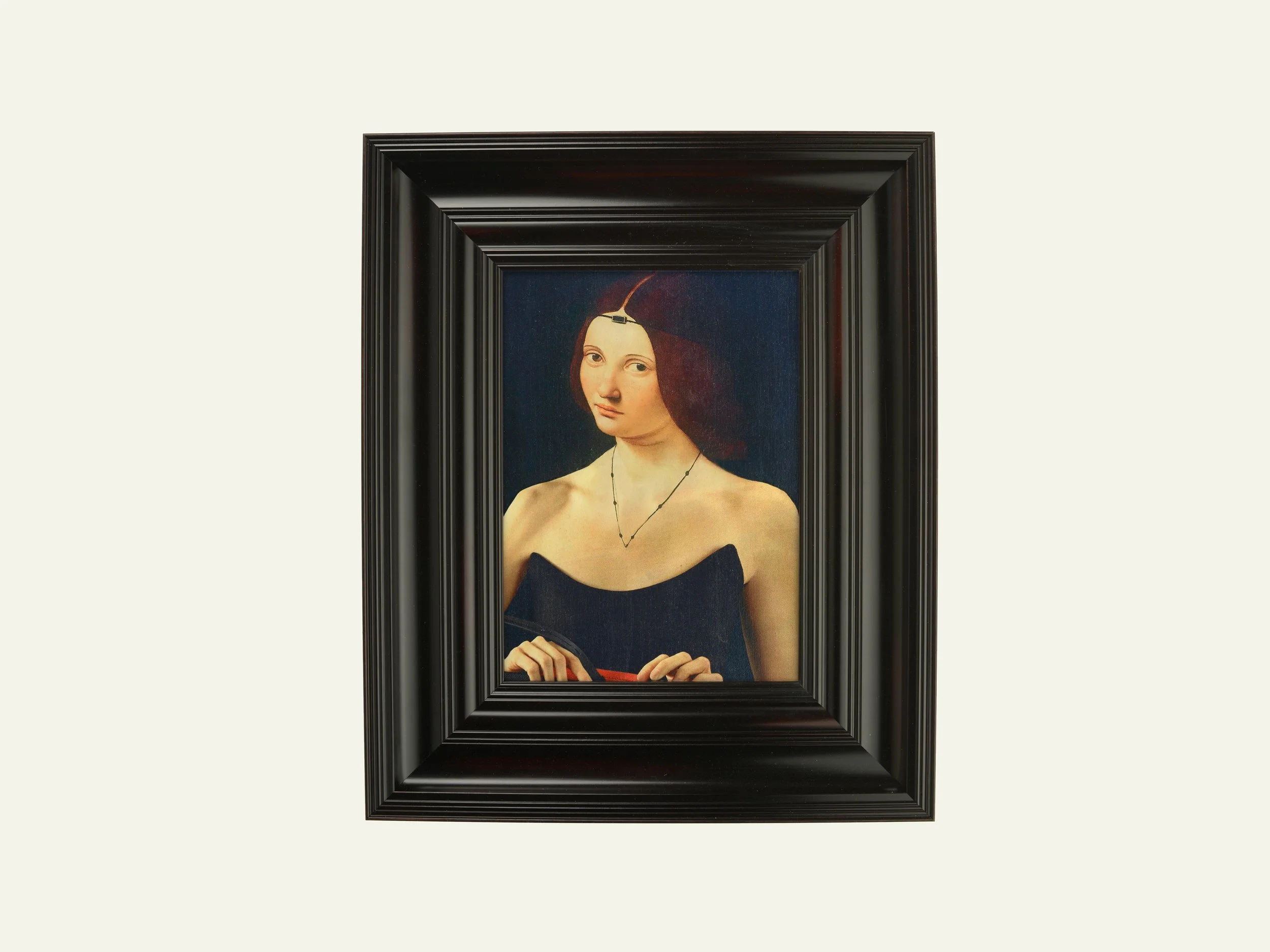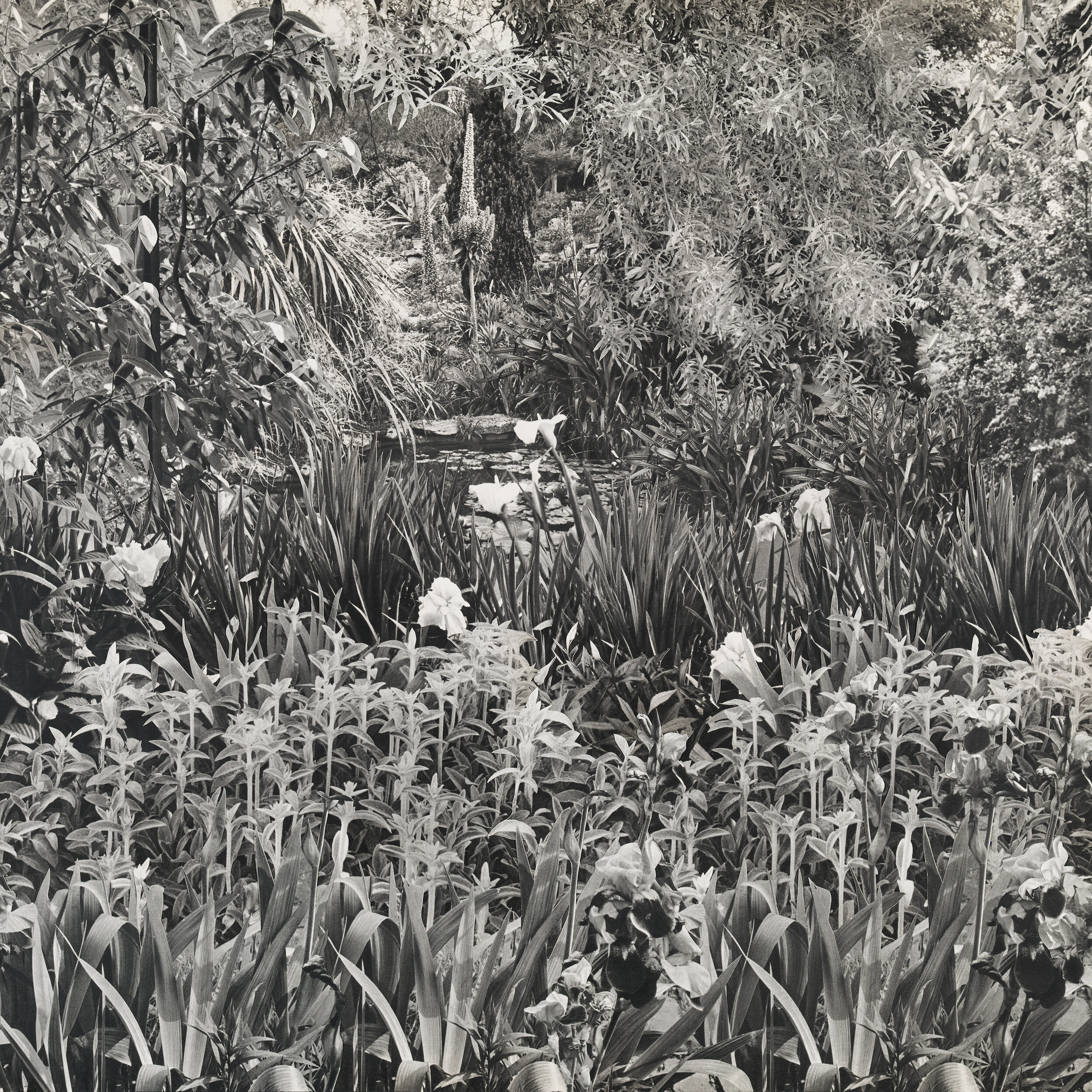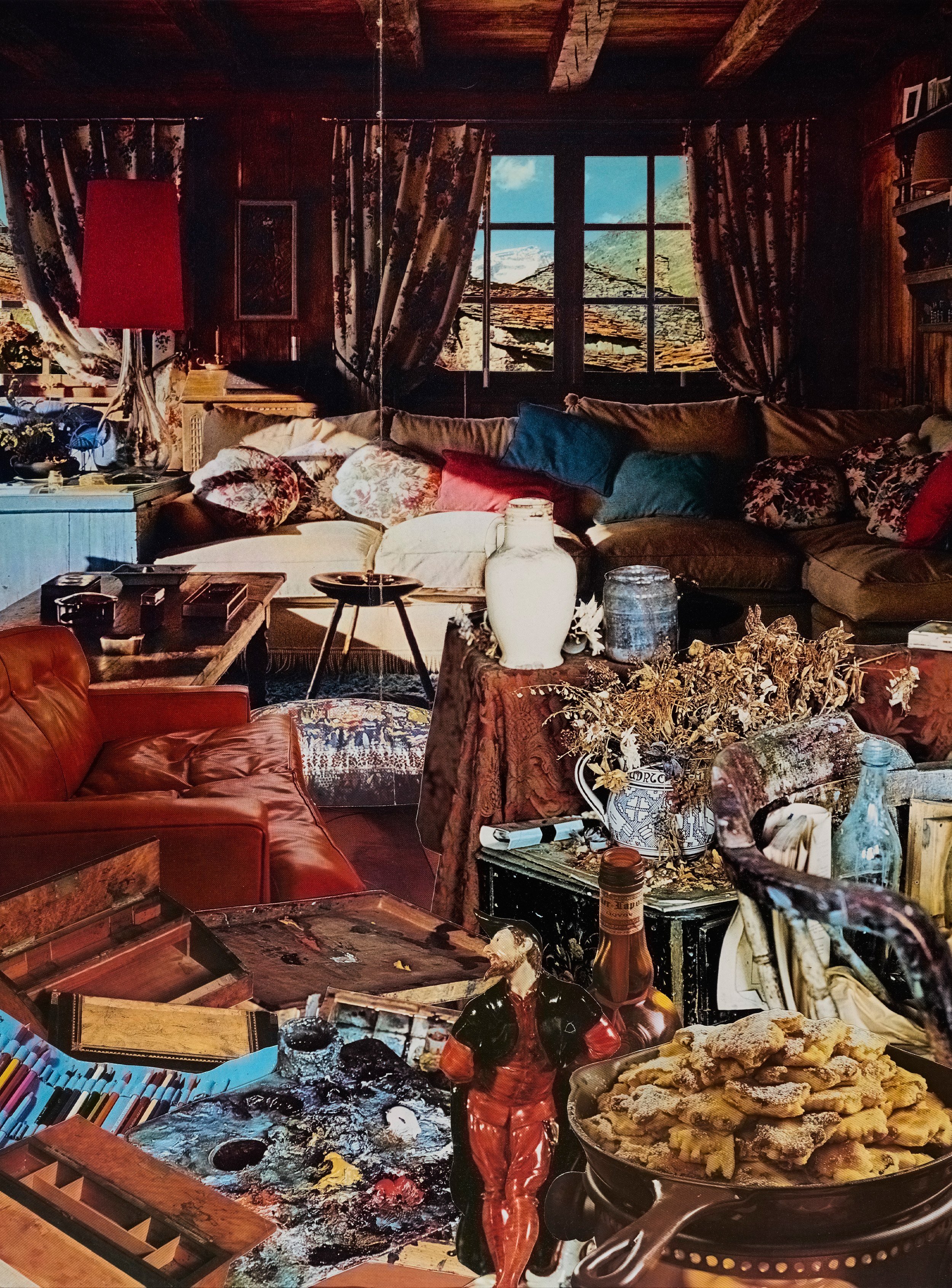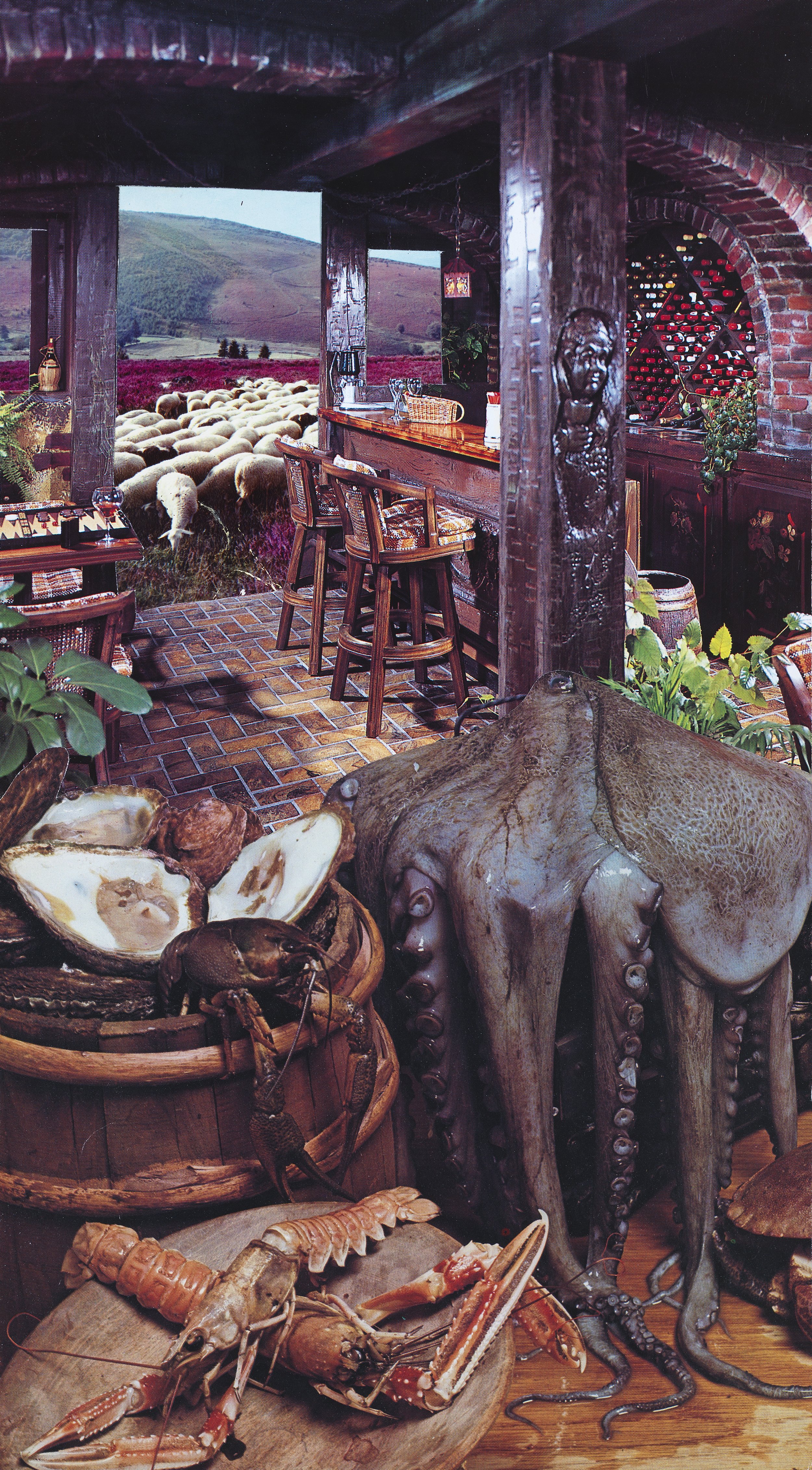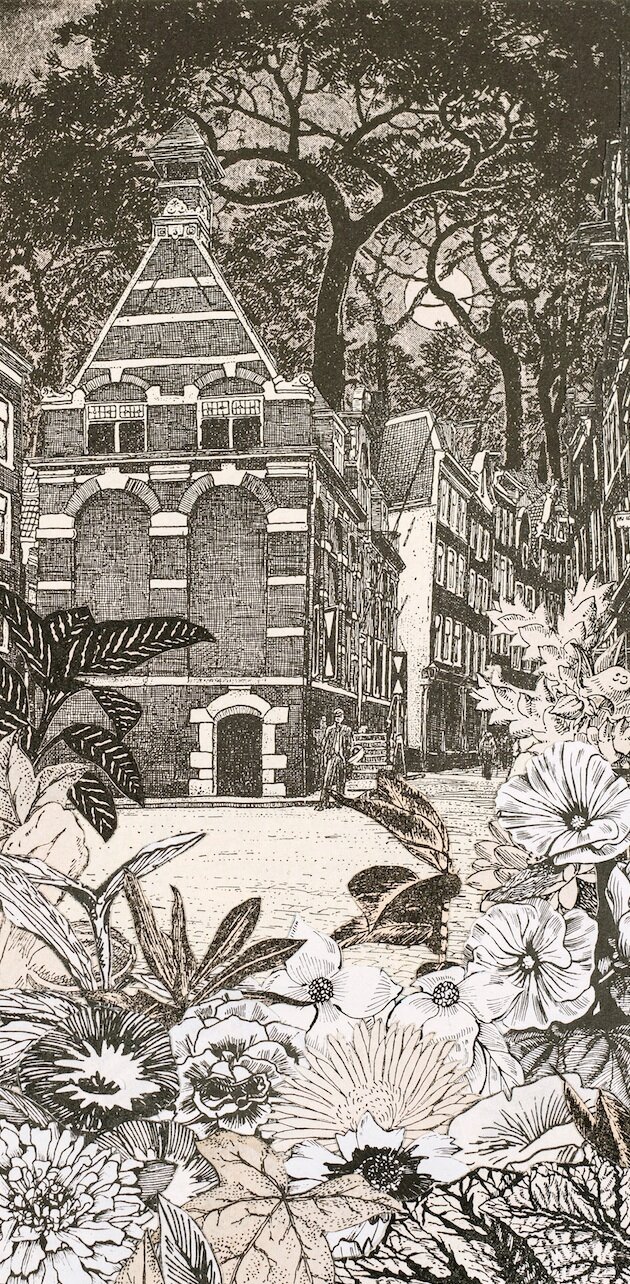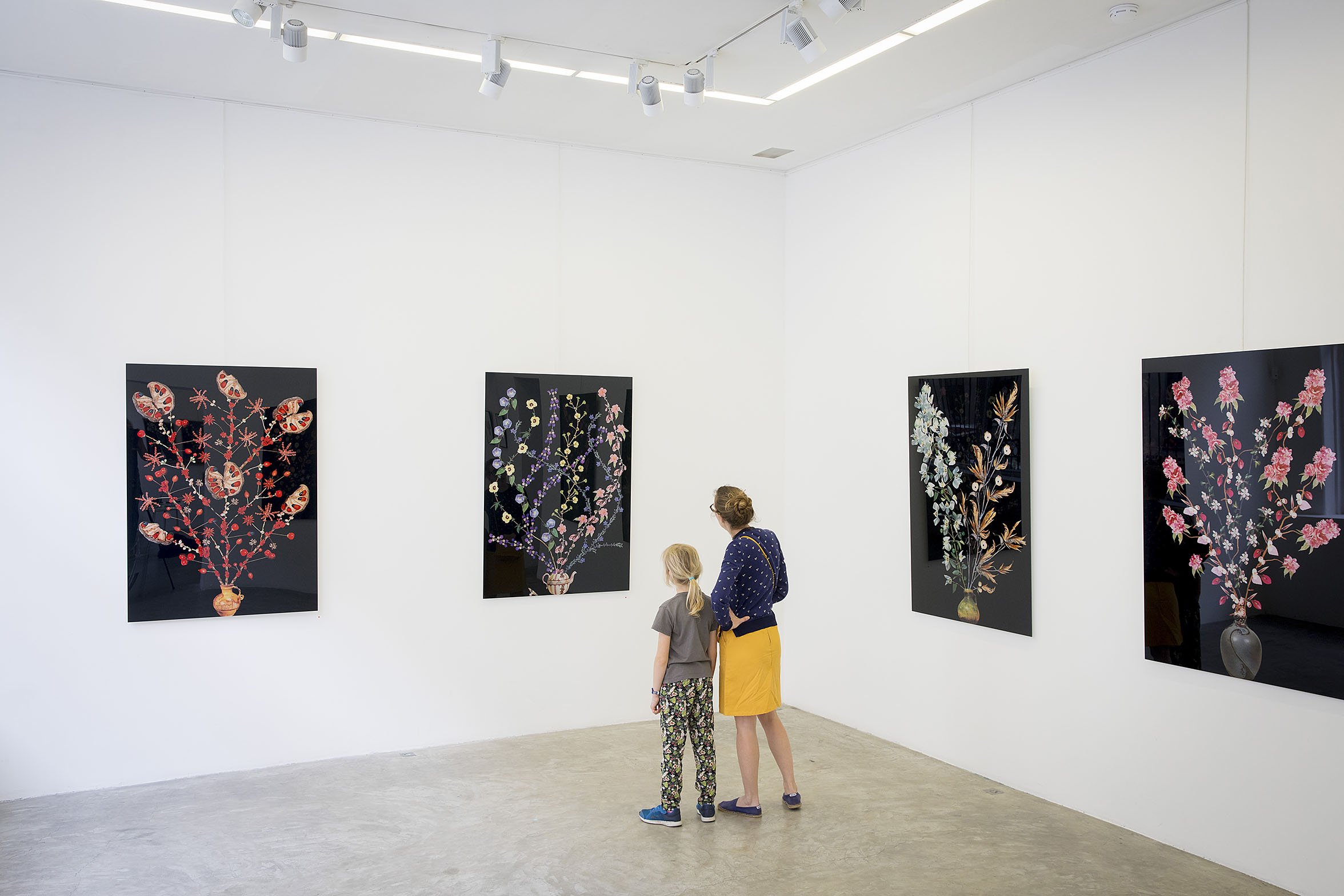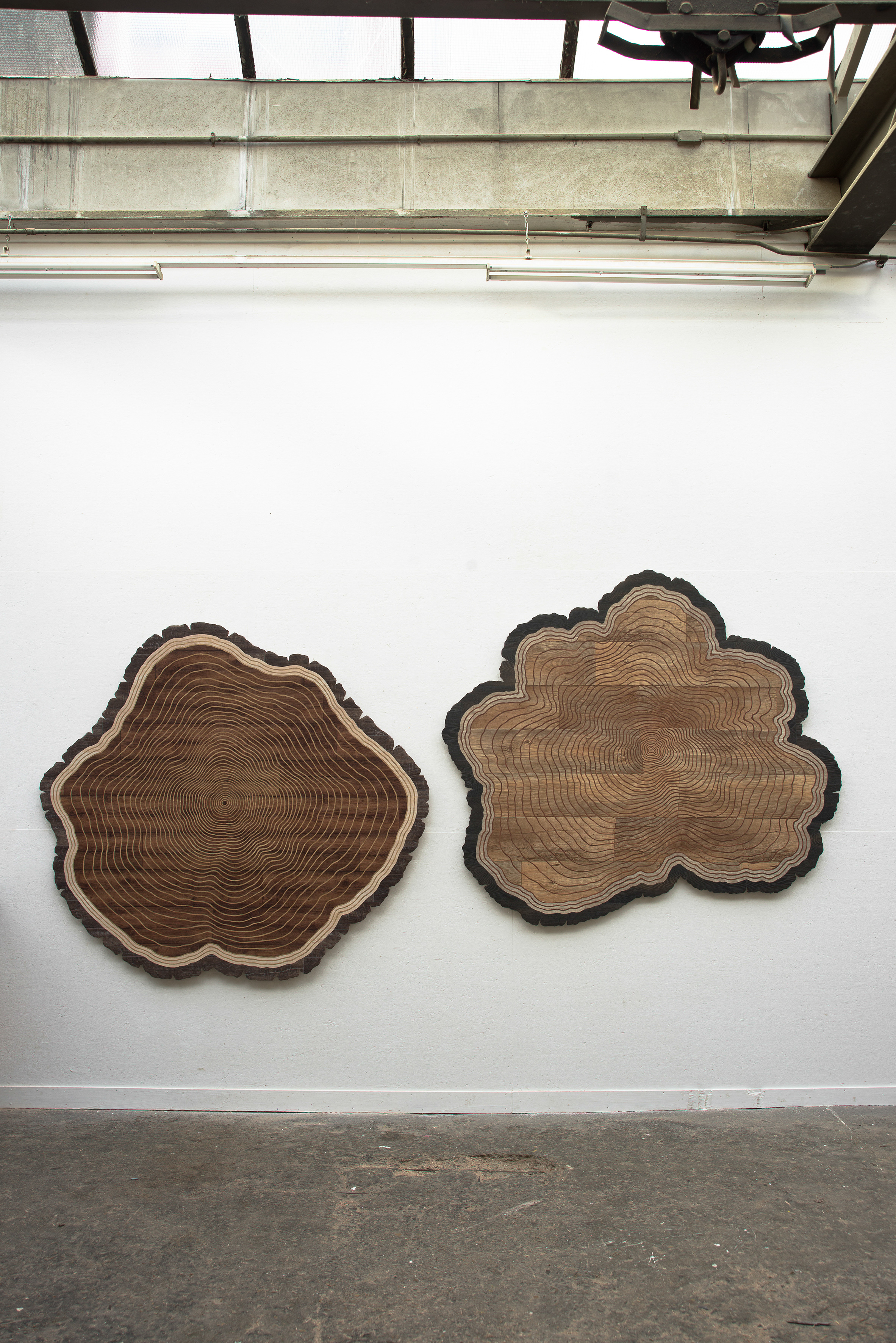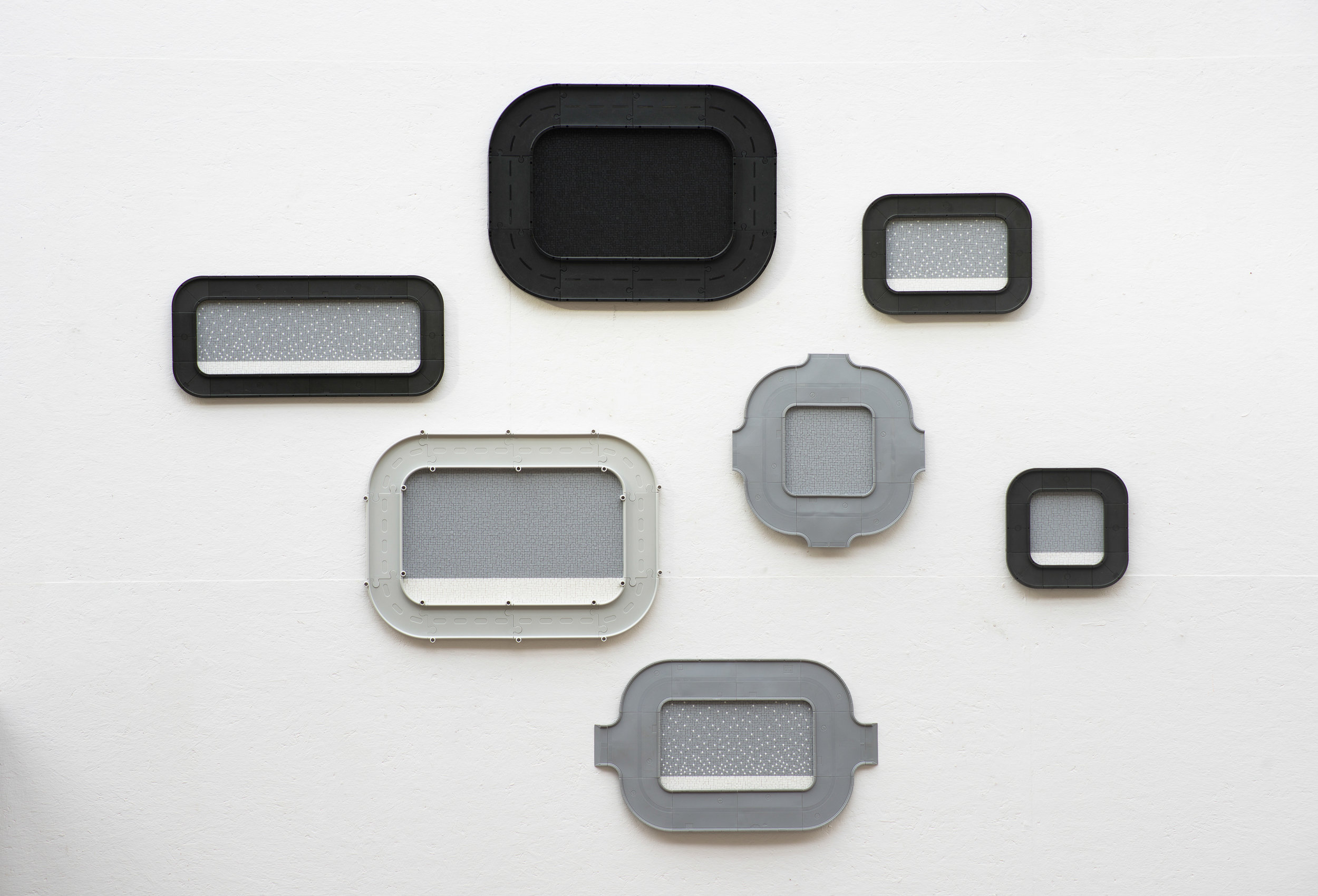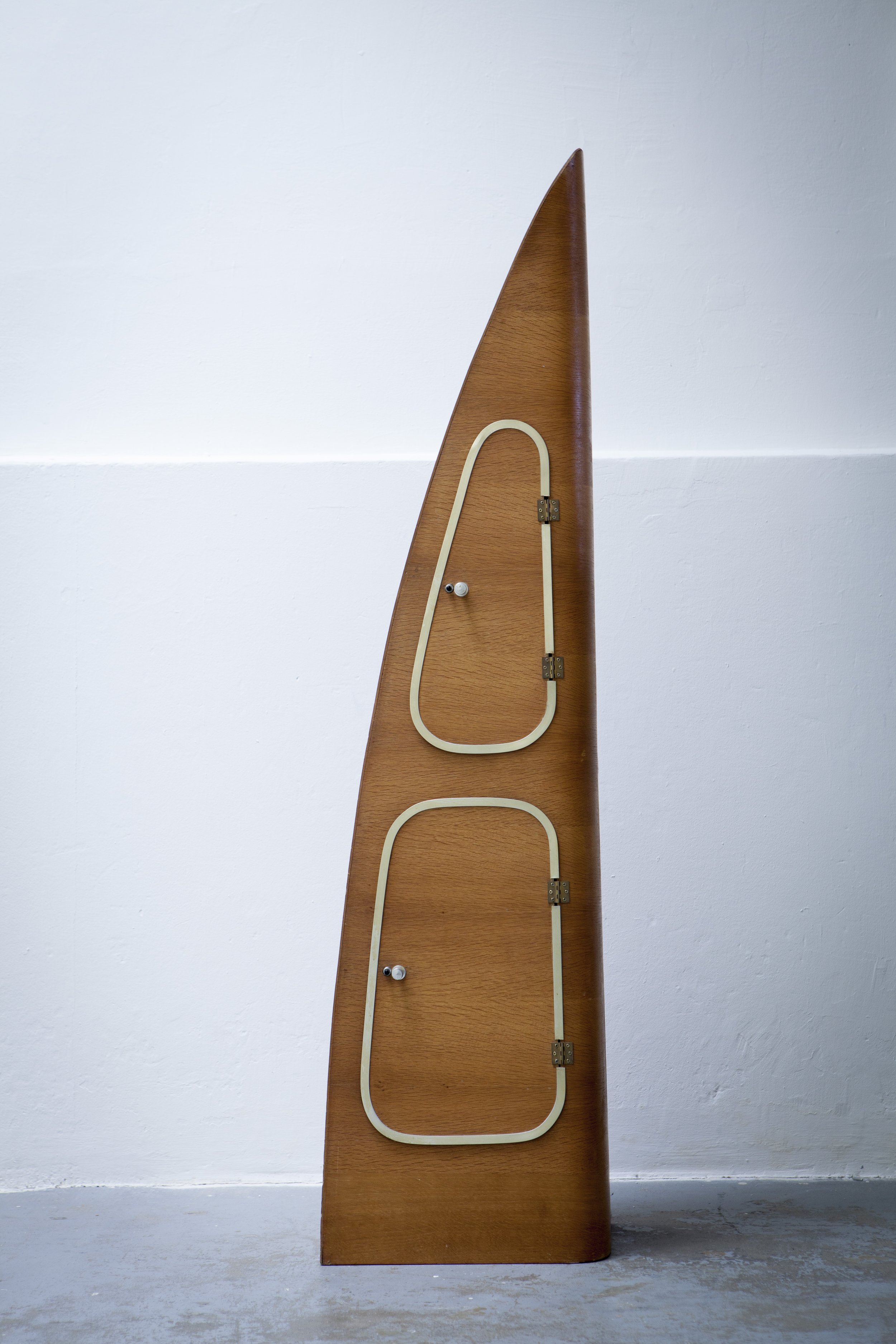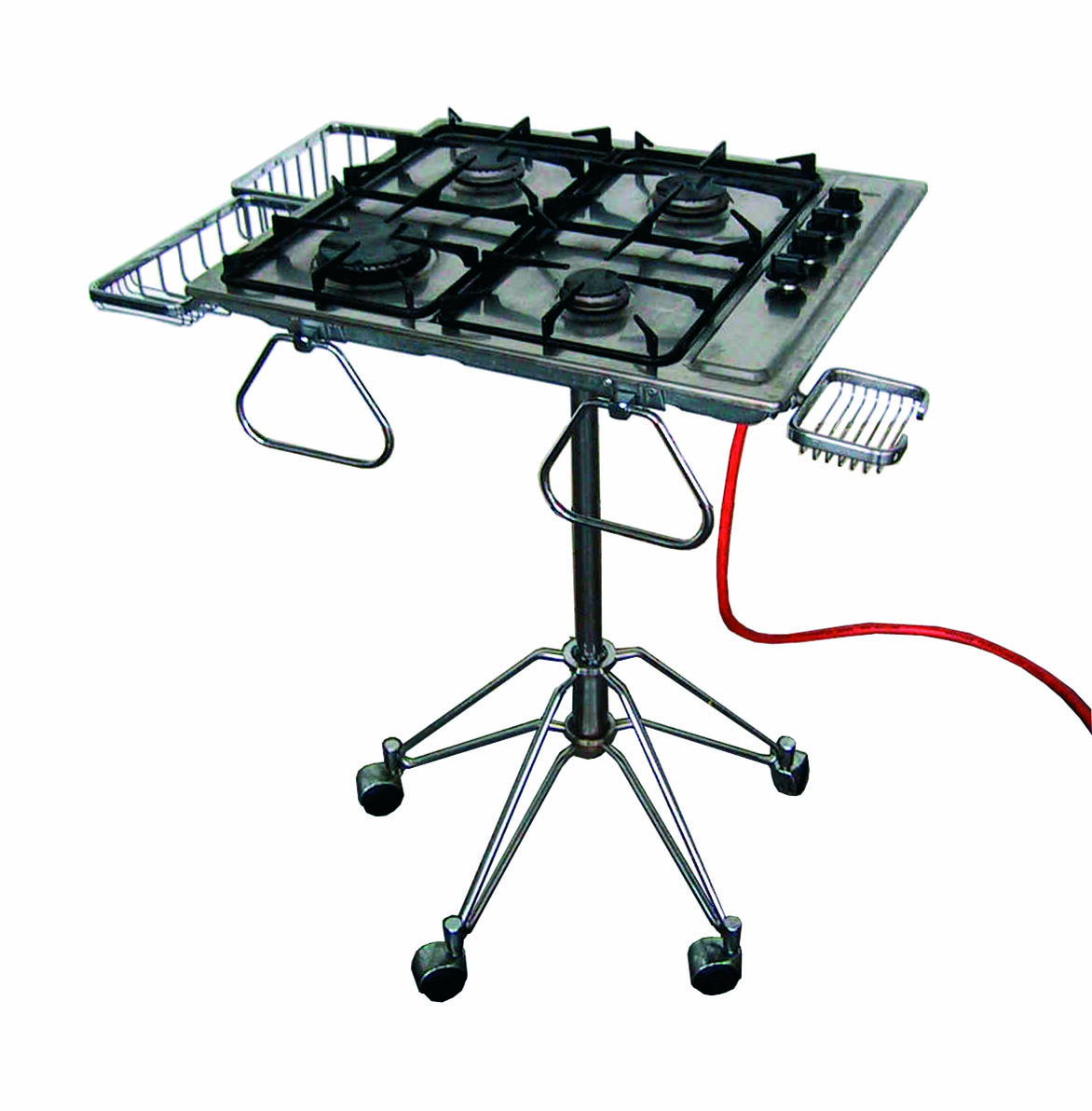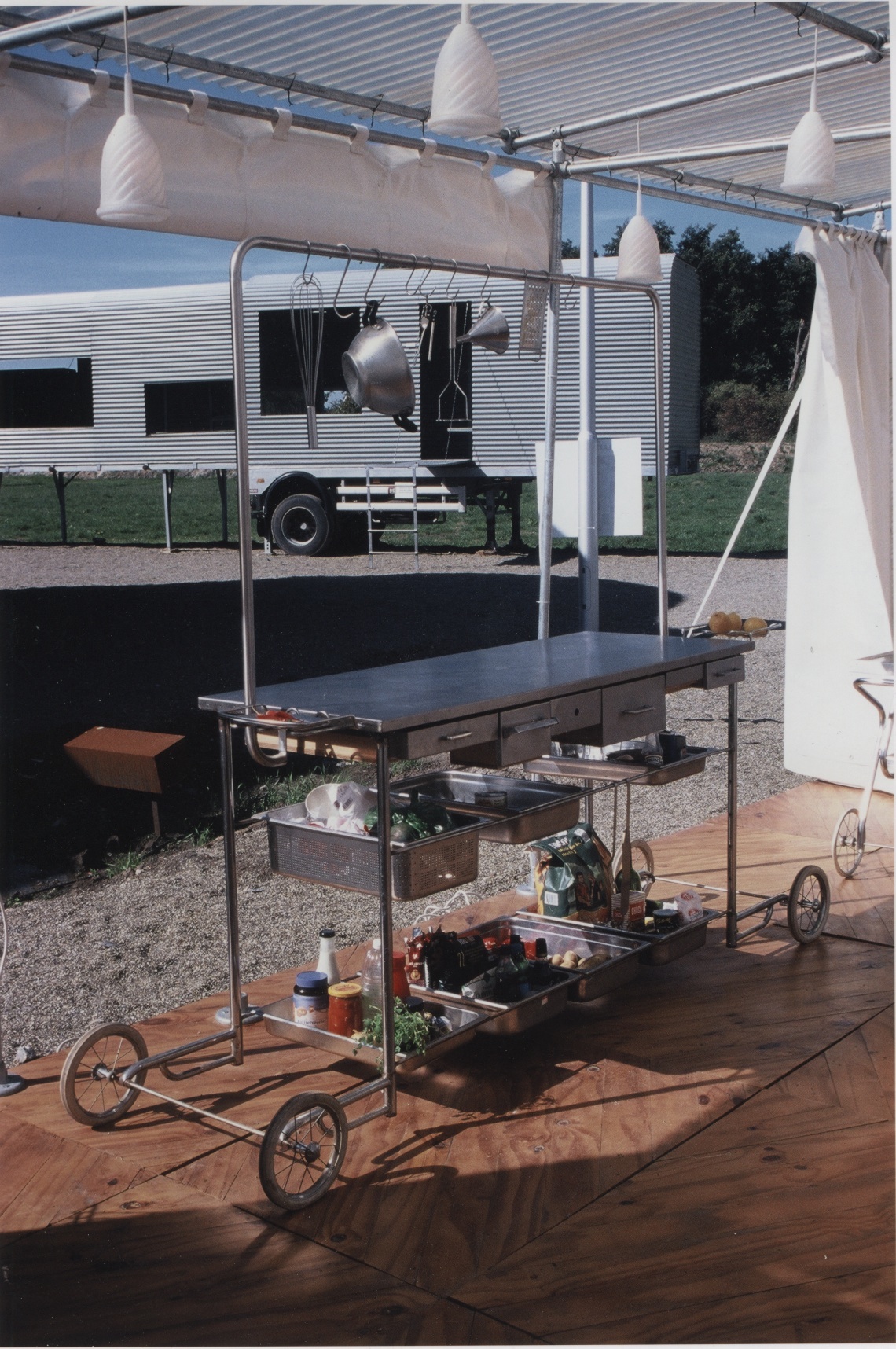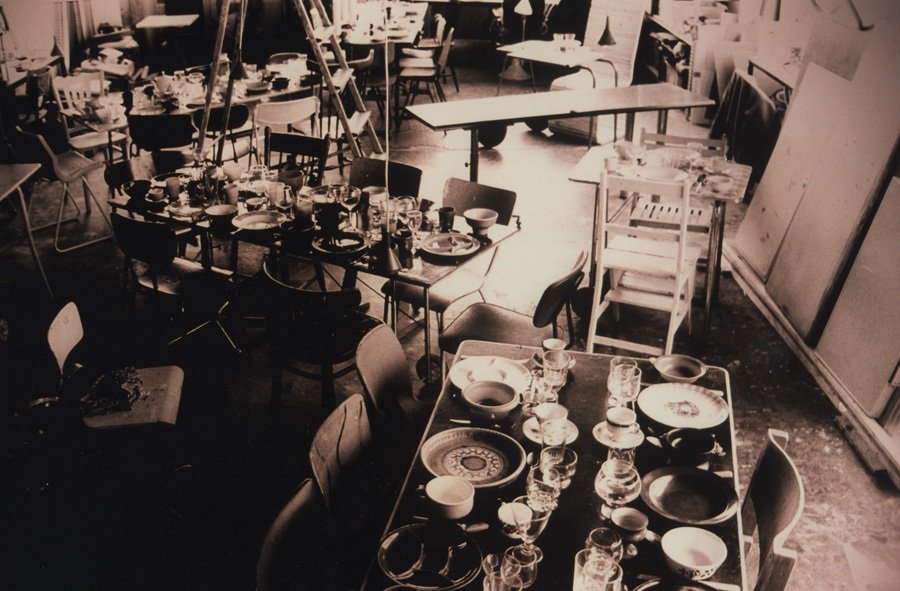© 2025 Maxime Ansiau All rights reserved
T.N.F.P
The New French Primitive is a series of women’s portraits inspired by the Flemish Primitives and Italian Renaissance painters, combined with the iconography of luxury advertising and contemporary bodily attributes.
SCOTCH
SCOTCH is born out of a collection of self adhesive coloured vinyls. Reflective, fluid, transparent; these material characteristics lend themselves to the depictions of a glass of whisky on the rocks and introduce another layer on the changing signification of ice….
"SCOTCH #6" 54CM X 65CM
"SCOTCH #5 close up"
THIRD TONES
Third Tones is the sequential body of work leading on from Optical Wonders and in conjunction with one of Maxime’s oldest collections comprised of office stickers and pins that developed over a ten-year period.
The detailed application of cut-outs in the Optical Wonders series required working with a magnifying glass, which led to the discovery of the printing process and half-tone formation of dots. From the close-up of these came ‘Third Tones’ the structural separation of the photographic printing process to transform a one-dimensional print into a three dimensional multi-layered photographic reconstruction
Each of the Third Tones is produced by working from an enlarged detail of a printed photograph, that is laminated onto foam to create a framework to apply the stickers and provide depth for the pins to be secure.
Exhibition View, Third Tones, Paris, June 2023.
Photos by Julie Ansiau
OPTICAL WANDERS
Photographic Reconstructions
This series of work develops the principles of collage, from traditional methods where cut-outs are applied together with a visible meeting point or overlap, to instead become a single image with seamless joins between each cut-out. The intention is thereby to recreate a single photographic image or Photographic Reconstruction.
From a collection of old books, and several hours spent cutting out individual fragments, creating files, folders and drawers filled until their moment of assemblage. Each artwork requires hundreds of cut-outs or fragments with only a small percentage of these used in each final image.
Each Optical Wonder is created in dry, placing cut-outs like a jigsaw puzzle into position. The quality of differing print colours creates a palette of printed tints and hues. While the mix of papers provides a tactile and sensual quality that lifts the original printed image.
The finished outcome, is the conclusion that lays to rest the collection.
OPTICAL WANDERS
Photographic Reconstructions
PAST COMFORTS
Is a collection of work that celebrates the 1950’s through to the 1970’s at the dawn of luxury consumerism with the emergence of new materials and their promise of stylish convenience, travel and time to play, at a moment of innocence with no foresight to the consequences of our commercial fervour and actions.
This was a time of innovative excitement as technology made big advancements, yet on a human scale, marrying craft to industry, with thoughtful actions, considered intentions, and attention to surface and texture, leaving a palpable trace and memory that the digital era fails to match.
These works are contemporary collages that mirror emerging art forms of this time, yet in their construction have evolved in technique to become images that Maxime refers to as ‘Photographic Reconstructions’ as the individual cut-outs are painstakingly and seamlessly placed on the page.
“INTERIORS #9” (38 CM X 54 CM)
“Past Comforts”, Paris, Spring 2024
Photos: @julieansiau
POSTCARDS TO PATRICK CAULFIELD
Variable sizes.
Postcards to Patrick Caulfield is a homage to encapsulated energy within the handwritten word, that is received in wonder by another.
A series of travel-inspired contemporary collages using postcards as the starting and vanishing point to create an initial window that expands inward to portray excess luxury and sensual, yet grotesque opulence. The choice of food, interiors and objects are incongruent in their narrative, gorging on wealth and consumerism, to ask the question, what is good taste?
“A POSTCARD TO PATRICK CAULFIELD FROM THE FRENCH RIVIERA”
AMSTERDAM: GLOBAL WARMING / BOTANICAL CHANGES
In these miniature collages, the convergence of dramatic Biblical skies, classical views of Amsterdam’s City centre, and botanical drawings of exotic plants create a glimpse into a utopian urban scenery transformed by a rise in temperature.
LUTHERSCHE KERK OP HET SPUI
12 CM x 12 CM
POSTER STONES
Variable sizes.
Fragments of advertising posters – images that inherently have an extremely short life span – are turned into minerals, prehistoric substances, likely to be here forever.
BOTANICAL DIVERSIONS
These collages are a direct reference to the tradition of 17th-century still life painting. The backdrops are dark in hue or black. The interplay between flat cut-outs and spatial appearance reinforces the graphical qualities of these paintings. Besides this, these works originate from an interest in Ikebana, the Japanese art of arranging flowers. The contemplative aspect of arranging and rearranging resembles the way in which Maxime lays out, reconsiders and fixes his images.
“DIPTYQUE” - 2 x 115 cm x 45 cm - Edition of 12 + AP - Printed on Dibond - 2019
Exhibition View, Éspace Froissart, Paris.
Photo by Julie Ansiau
MY PALETTE
In Vertigine della lista, Umberto Eco wrote about the dizzying effects that lists can have on the human mind. Maxime seems to work in a similar vein - frantically collecting objects, taking materials and images out of context, laying them out in different constellations, reconnecting them and changing their meaning - endlessly enumerating the world.
detail
URSUS MARITIMUS
A reflection on the polar bear, it’s contemporary symbolical signification, habitat and slow disparition. A visualisation of a contemporary ecological issue. With white plastic trays as material and light, monochrome, near invisible engravings of polar bears as subject matter, the animal nearly disappears from the surface...
GROWTH RINGS
The age-old play on mimesis is the central point of these works. It comes in stages: the vinyl used for these works imitates a wood pattern. Maxime takes this mundane material and changes it back to its implied source, the cross section of a tree.
CALCINATION
A charred wooden cheeseboard forms the boundary of an image and the carrier of its meaning. From the burnt planks grows the image of a burnt tree. An afterimage, playing on the depiction of trees in Japanese art, but also on the destructive force of forest fires.
Calcination. 60cm x 40cm
CANOPIES
Hovering over the canopy of an imaginary rain forest, we’re confronted with the toy-like dimensions that much of the world has taken on in our eyes. Trees are ‘one of man’s greatest sources of life, energy, wealth and inspiration’. But it is exactly this fascination that has led us to play with the world like kids with a dangerous sense of imagination.
POND CRATES
DUTCH LANDSCAPES
Variable Sizes.
Monochromatic landscapes composed of horizontally and vertically oriented building blocks, framed by grey elements of toy racetracks. It’s a concise summary of the Dutch landscape: serene, loosely ordered open space, much like Mondriaan’s Pier and ocean, but always wrapped with a ribbon of highway.
PACKAGINGS
Variable Sizes.
These works arose from fanatically collecting different kinds of packaging and unpretentious graphics, casually abandoned by their anonymous creators. By combining and reframing them, Maxime calls into memory Japanese woodcuts, pop-art painting and a world dominated by bold but ultimately transient images.
CARAVAN DRINK CABINETS
These cabinets take their shape from a previous life. Liberated from their surroundings, the remaining image is an abstraction that references travel, leisure and a life lived on the move, in transit, travelling from one place to the next.
2006 / MULTIDISH
As someone who comes from outside the Netherlands, Maxime is able to reflect on Dutchness with a mixture of distance and affection. Multidish eagerly exploits the hyperbole – literally stretching the Dutch cliché to the point where it becomes unsettling in its carnivalesque, touristic attractiveness – blending heritage with mass culture.
2001 - 2004 / MOBILE KITCHENS
The use of found objects and readymade design remains a central aspect in the work of Maxime. However, in Mobile Kitchens we see a return to a more personal, visual approach concerning the image. These kitchens reference industrial hygiene but with a rebellious side, almost as if they escaped from the belly of the restaurant.
2000 - 2002 / RECYCLED RESTAURANT
Why make anything at all? In a world cluttered by industrial objects that are discarded as quickly as they are produced, what matters most is the way we use and consume things. Recycled Restaurant follows out of need more than want, not adding to but rather rearranging a world that seems to be completed.
